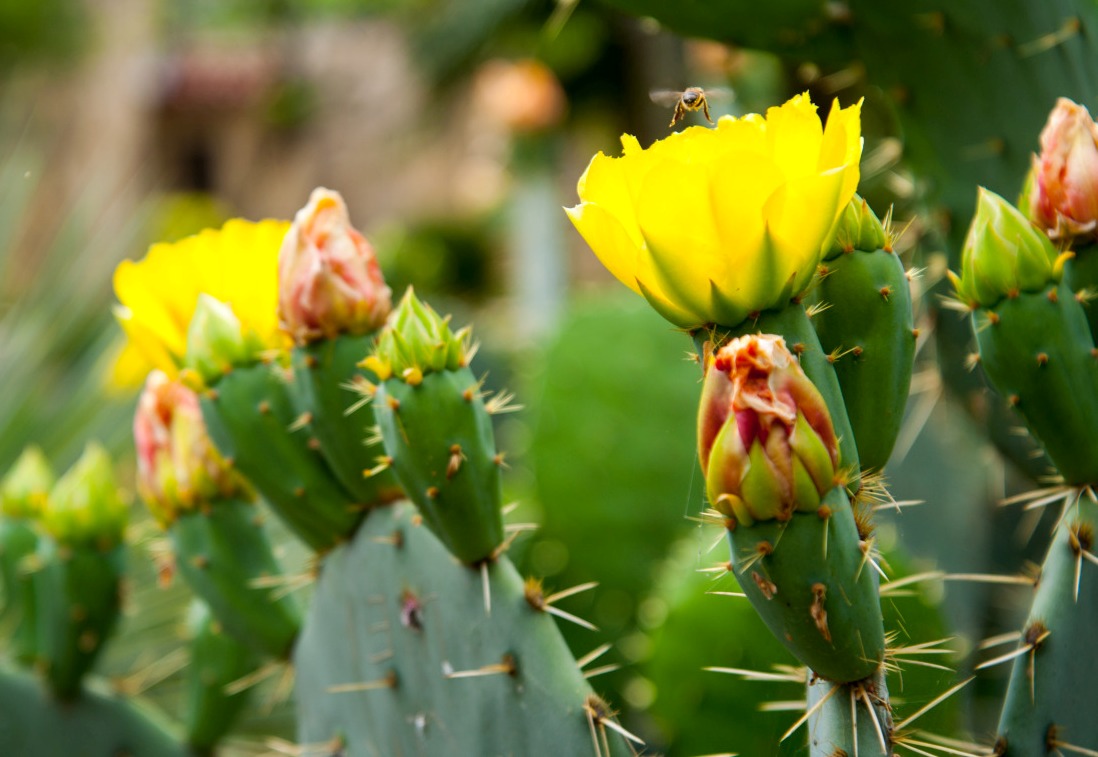
How domestic cacti bloom. Watering after wintering. natural habitats.

When a cactus in bloom enters the house, we think that now we will be able to enjoy this spectacle every year and brag to our friends. However, it should be understood that a cactus bought in a flower shop has grown under the influence of special conditions, such as growth stimulants, specially selected light and temperature conditions. At home, it is quite difficult to recreate close to natural conditions content, and it is even more difficult to provide plants with everything that they are used to getting in greenhouses. Therefore, the flowering of a cactus may not occur for a very long time or does not occur at all.
You can grow cacti and fatty plants not only at home, but also in the office, for example, by creating a corner on the table with smaller plants. Here are the best varieties of cacti, fat plants and succulent plants. It produces very small and decorative flowers of red, yellow and salmon. Here are a variety of cacti that can be grown in a pot where space is limited. It needs light to produce wonderful reds and oranges.
The name of this cactus comes from the fact that its shape and characteristics that we notice at first glance remind us of a pillow. This type of cactus grows in confined spaces and does not need much care. This type of cactus is ideal for indoor cultivation, possibly hanging as it is a cactus cactus that is often used as an ornamental plant, especially for its beautiful pink flowers.
Seeing a blooming home cactus from amateur flower growers is a rarity. Not everyone has the patience and knowledge to help the thorn bloom. Before we learn about the conditions necessary for the onset of flowering of a cactus, let's ask ourselves a question that will put a lot in its place ...
Why isn't the cactus blooming?
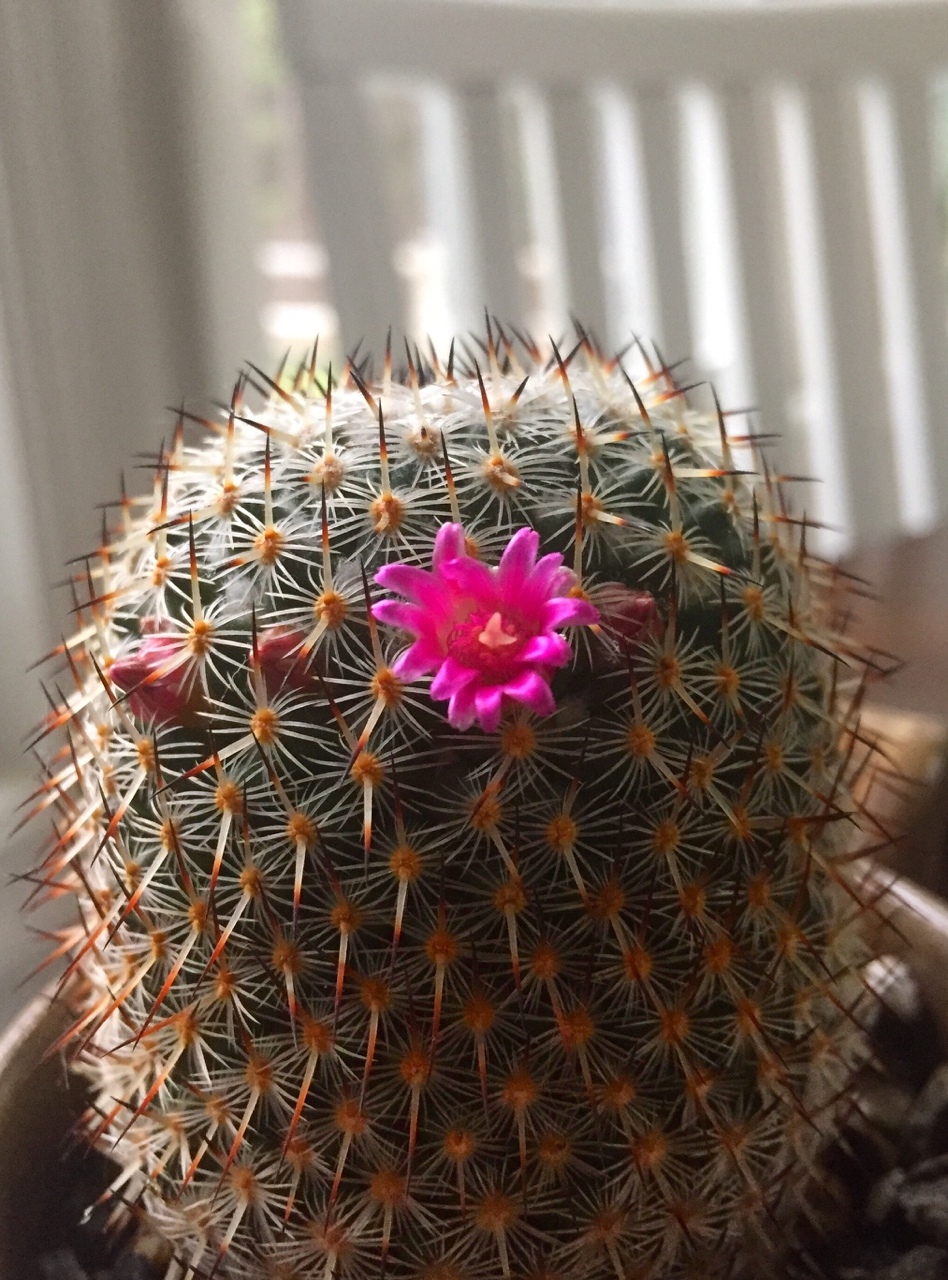
These are cacti of South American origin that produce wonderful white flowers that you can admire when they bloom at night. This type of cactus is suitable for growing indoors and in pots. This variety of cactus is one of the most common in the garden for those who love fat plants, but is also suitable for growing potatoes at home, provided they have enough light to thrive.
In nature, there are more than 350 species of aloe, distributed in all areas of temperate, subtropical and tropical climates. Recognizing Aloe Arboresens from others is not always easy. While it is much easier to distinguish an Aloe plant from one of an Agave.
- Improperly created conditions for a dormant period or wintering
- The wrong pot
- Illiterate turning over a cactus pot relative to a light source
- Cactus age up to 5 years
- The plant lacks nutrients
How to make a cactus bloom?
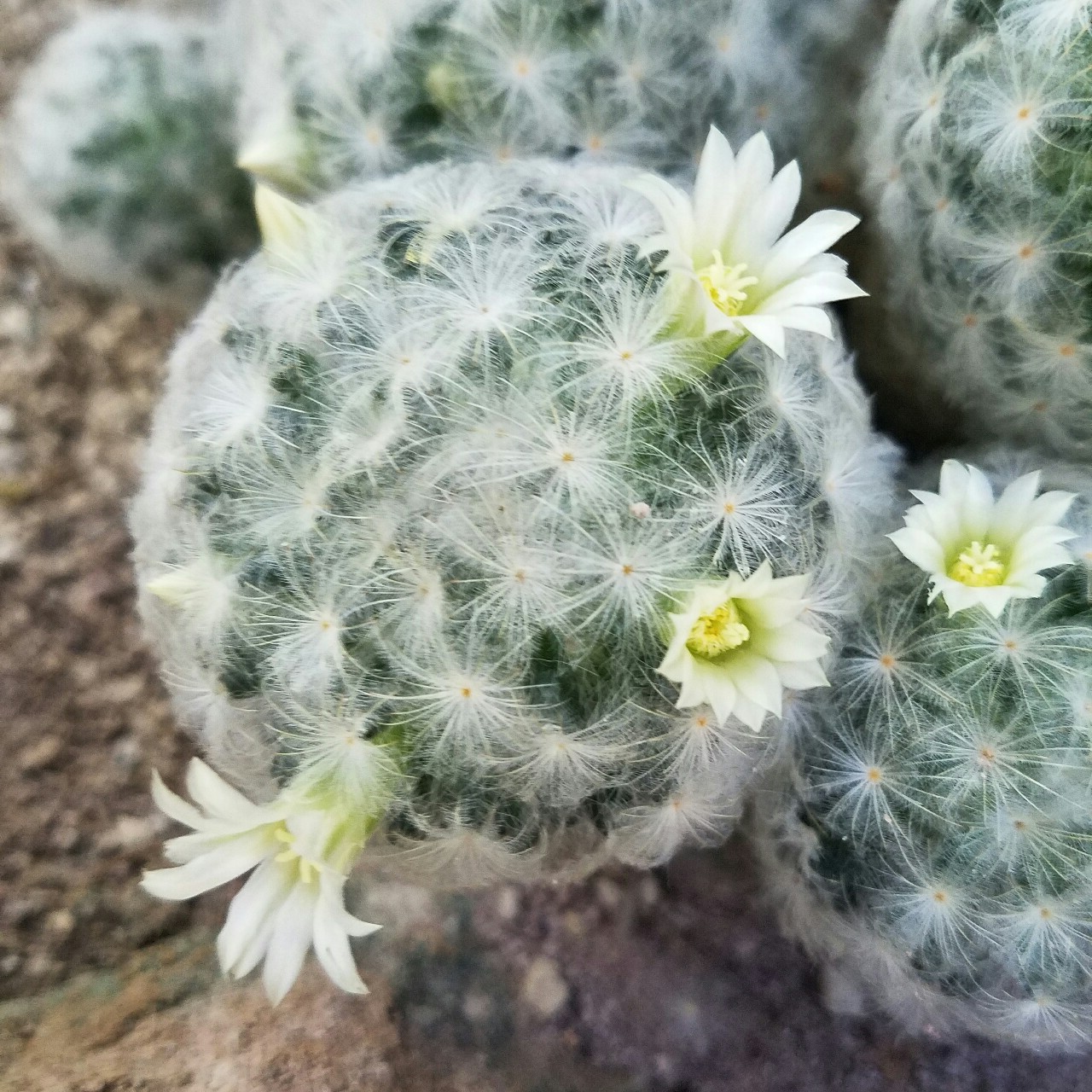
Agave is a genus of plant belonging to the Agavecha family. They are - perennials, with leaves arranged in a rosette and a short stem. It prefers dry and warm climates, but it also resists cold temperatures. Often thorns are also present on the sides of the plant.
In fact, these thorns are not always present in all varieties of Agave, so you need to be careful in other aspects as well. Both Aloe Vera and Aloe Arborescence do not have an apical spine, and they have very dense and rounded spines on the sides of the leaves. In addition, the skin is softer than agave.
From the above reasons for the lack of flowering of a cactus, a number of actions can be deduced that will lead to the formation of buds and flowering.
Providing peace in winter
In order for the cactus to bloom, it needs to gain strength and take a break from the active growing season. Therefore, we need to ensure that the cactus stops growing and falls asleep for the winter.
Even in agave and aloe flower are very different. Once the flower has reached full maturity, the plant dies. The flower is huge and can reach 5-6 m in height. Aloe develops flowers from spring to winter depending on the species and varieties, which form on top of a long stem, simple or branched or clustered, and the plant does not die after flowering. They produce umbel, pendulum, tubular inflorescence.
The flowers are usually red, orange or yellow. The 9th test to distinguish Agave from Aloe can be done by simply cutting a piece of leaf. So it's always best to wear a pair of gardening gloves while doing this. On the contrary, aloe gel is not creepy, indeed, it has emollient, anti-inflammatory, antiseptic and healing properties, which is why it is often used to soothe burns, wounds and insect bites.
In winter, cacti contain at +10, +12 degrees. The temperature should be constantly monitored. Additionally, cacti require a dry content. Watering is stopped for 1-2 months. If the plant looks too dry and shriveled before your eyes, you can water it once a month, but only with a very small amount of water.
In mid-February or early March, cacti begin to emerge from hibernation. To do this, gradually increase the air temperature and carefully spray the substrate with tepid water a couple of times a week. If cacti grow on a south window, with an increase in solar activity, make sure that the plant does not get burned.
Recognize Aloe Arborescence
Here are some photos of Agave plants. Along the way, you will also find many photos of different types of Aloe, so you can easily tell them apart from Agave. Aloe Arborescence is by far the most popular type of aloe in the world, and also the one he uses to produce his cancer recipe.
Aloe Arborescence is a succulent plant with a highly branched shrub. In its best habitat - where days are long and sunny, summers are hot and winters are mild - Aloe Arborescence is more like a seedling than a seedling. For example, in Africa, where some varieties of this plant are over 4 m in height, they have a rather thick stem, similar to a real tree trunk and leave up to 70 cm long, which also weighs half a kg.
We transplant a cactus
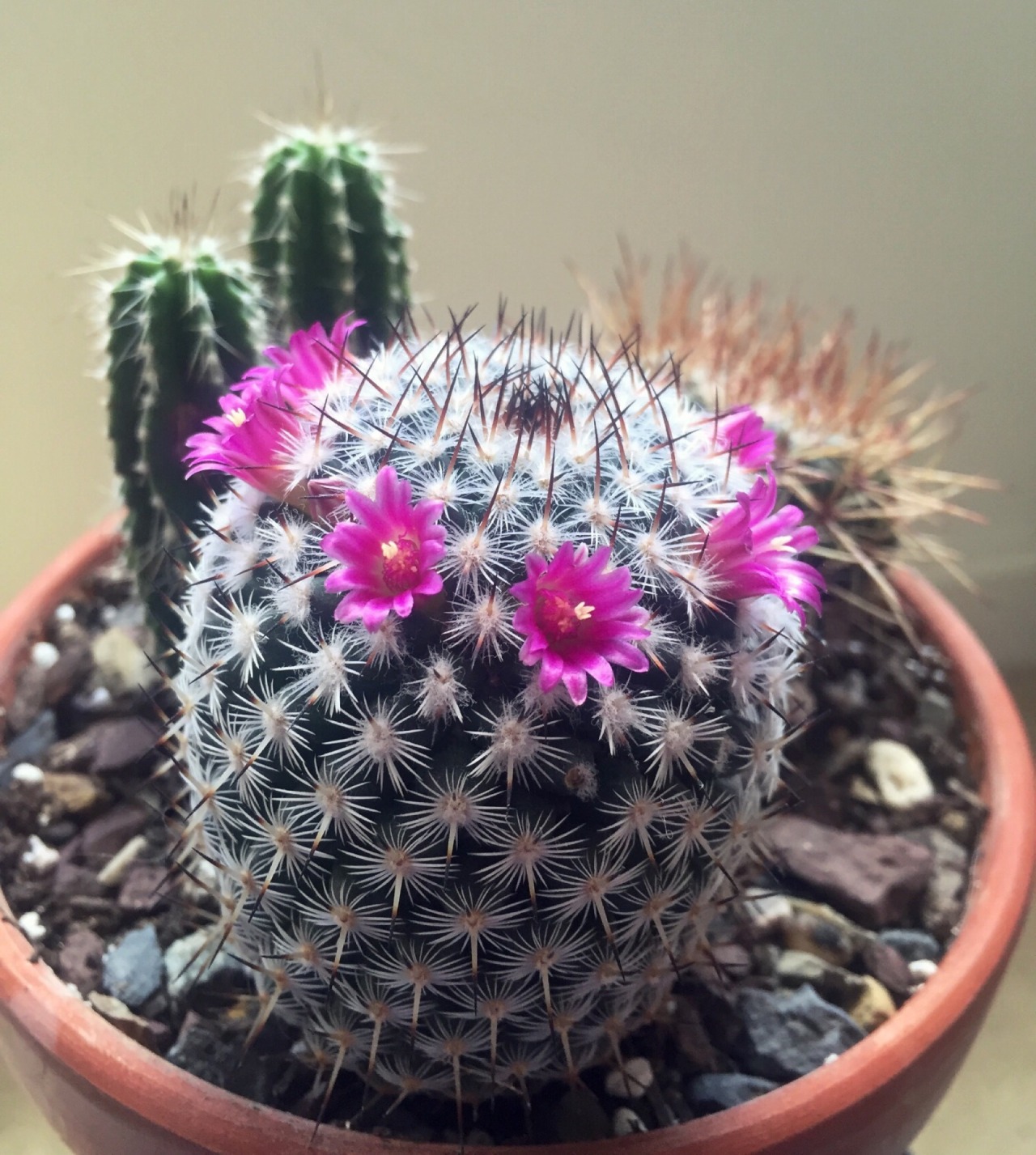
A cactus will only bloom if it is grown in the right pot. It should not be a deep pot, suitable in diameter to the cactus. Do not take pots that are too wide, as there will be no flowering in this case. On sale you can find beautiful pots designed specifically for cacti. A week before the planned transplant, watering and fertilizing should be stopped for a week.
In Italy, however, Aloe Arborescence is much smaller than the varieties found in Africa or tropical countries, and usually does not exceed 2 meters in height. In proportion also the leaves are getting smaller and smaller. Aloe Vera is the most used type commercially.
The larger the leaf size and thickness, the greater the gel content. However, this does not make Aloe Vera the best in quality and quantity of active ingredients. It's simply the easiest, and at the same time, the cheapest to work on, to extract what is mistakenly considered the most interesting part of the plant: the gel.
When transplanting, it is important to use drainage and specialized soil for cacti. Do not disturb the root system of the plant and clean off the old substrate from it. It is enough to partially replace the old soil. After planting, the cactus is watered only after five days.
Choosing the right location
The cactus pot is best positioned in an east or west window in soft lighting conditions. On a south window, even desert cacti can get severe burns if not properly controlled. You should not constantly turn the cactus pot, especially if you notice the formation of a future flower bud.
Now we get to the heart of the matter, which is how to recognize Aloe Arborescence and how to tell it apart from Aloe Vera. Main distinctive features. Portraits: Aloe Arboresens has a very branched stem, while Aloe Vera is in most cases completely unaffected and the leaves sprout straight from the ground. Leaves: Aloe Vera has several light green leaves that are very long and thick. On the contrary, Aloe Arborescence has many leaves, much shorter and narrower, with curved parts, and the color is usually darker. In addition to containing more gels, Aloe Vera has a more viscous gel tip than Arborescence, which instead contains a much thinner gel in the leaves. Sometimes Aloe Vera has a very short barrel with a large diameter. . To help you tell them apart, here are some pictures of Aloe Vera and Aloe Arboresens.
We make top dressing
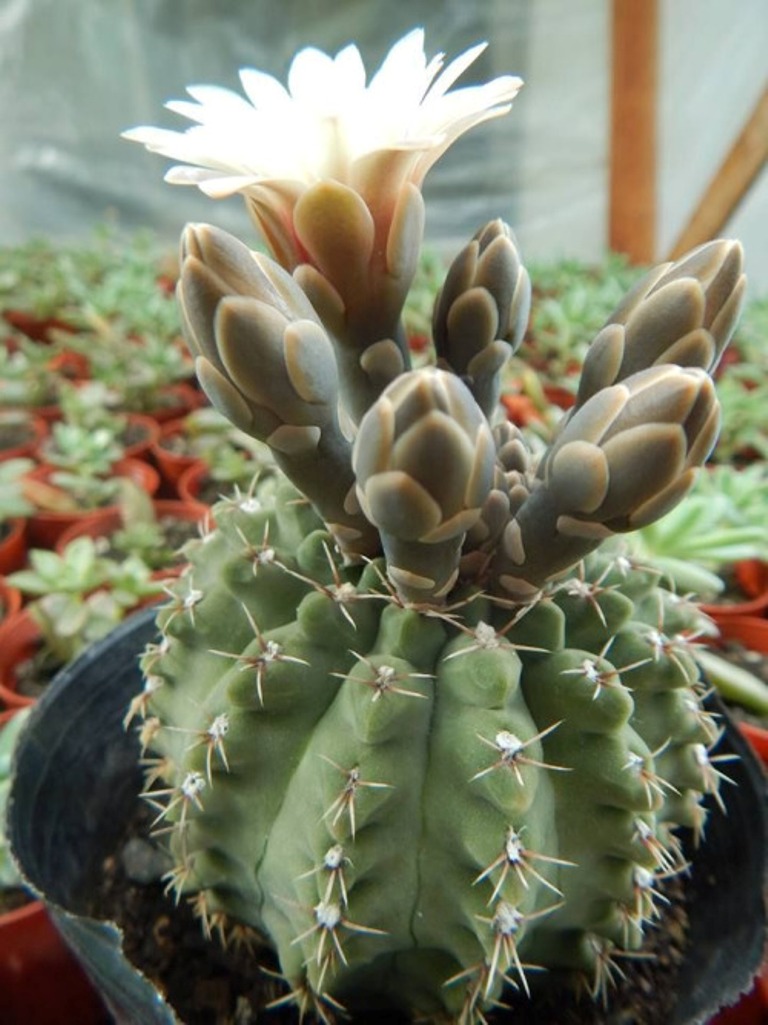
With the onset of active vegetation, the cactus requires regular application of mineral supplements. It is preferable to use ready-made fertilizers for cacti and succulents according to the manufacturer's scheme.
We water correctly
In addition to Aloe Vera and Aloe Arboresens, there are many other types of Aloe, many of which are also quite common in apartments and gardens as ornamental plants. This is another variety of aloe vera. It differs from the classic for whitish spots and thinner leaves.
This species is characterized by wobbly leaves, a beautiful dark green color, mottled with white, long and straight and with a very prominent central rib that runs lengthwise along the entire leaf. So be careful not to worry. This species is much more similar to aloe vera as it does not have a central or branched stem. In practice, the leaves sprout directly from the ground. As the name says, the leaves are full of thorns, both on the sides and under the leaf.
The cactus is watered about twice a week in summer as needed. And it occurs when the substrate is completely dry. It is very important to prevent stagnation of moisture in the pan and waterlogging of the soil.
If we pay due attention to the needs and health of our thorns, then very soon cacti in bloom will become the pride of the whole family.
However, they have spikes with a rounded tip and therefore do not sting. Aloe Ferox is a native of South Africa, also highly regarded for its many medicinal properties. It stands out from other varieties because it grows on one central trunk up to 5 meters, with rosettes of dark green leaves, succulent and prickly on the sides, thorns, by the way, very sharp. Green plugs often appear on the underside of the leaf. The leaves are also much longer and thicker than Aloe Vera and Aloe Arboresens.
Names, functions and tips to choose the best fat flat plants, know how to cure them and how to grow them better. Residential plants do very well in an apartment, they are easy to grow and can make a great piece of furniture. With our bold fat, we give a touch of green and design to our houses, our terraces and our balconies in a short time and with ease. In fact, due to their unusual adaptability, fatty plants can survive in almost any environment and do not require much care in order to grow and thrive.
For many, the picture has become familiar when there are not only office supplies and a cup of coffee near the computer, but also a beautiful, elegant pot with a flower. Usually this flower is a cactus. He is credited with magical properties and features. It is believed that the cactus absorbs harmful radiation that adversely affects the human body. We will not go into details and debunk this myth. If you still have a cactus or even a collection that was very fashionable in its time, let's help this prickly pet or pets bloom.
This, of course, does not mean that we can put them in a corner and forget about it: like all plants, we must always evaluate the environment in which we want to place them, choosing the right fat plant depending on the characteristics of our apartment. In terms of apartments, we must also evaluate the brightness, temperature and space available before choosing which type of fat plant to take. Unlike outdoor fat plants that usually adorn large flower beds and large corners of the garden, residences can also be very small and take up very little space.
First of all, you need to know the name of your cactus. The answer to the question of when it blooms will largely depend on this. Look for such information on the Internet or buy a book that describes in detail different types. It is advisable to look at pictures where these species are depicted.
Different types bloom at different periods of their "cactus" life. For example, many members of Mammillaria, a genus of about 500 species, can flower in their first year. This is the case when they are grown on vaccinations. The rest of the Mammillaria bloom, of course, with proper care, in the second year of life and later. With its buds it can please you, also in the second year, and Rebutia (Rebutia), and Aylostera (Aylostera), and Escobaria (Escobaria).
Another thing that we must consider when choosing is the style of our apartment: in modern homes, we can dine with fat plants with special shapes and sizes, and if we provide our apartment in a classic style, we will have to choose less fat plants, Like a cactus or aloe.
Whatever our choice, the most interesting feature their shape is: cylindrical, conical, rounded or spiral, this is the element that makes them ideal as living plants, so much so that there are so many enthusiasts who love to collect them in small jars in the living room, in the kitchen or at the entrance to the house.
If you are a happy owner of one of the hundred species of Echinocereus (Echinocereus), or you have cacti from the genus Echinopsis (Echinopsis) on your windowsill, then you will have to wait three years before flowering. Popular among cactus lovers Gymnocalycium (Gymnocalycium) or extraordinary Astrophytum (Astrophytum) will show all its beauty in the fourth year. Many other cacti bloom in five years.
In this article, we bring you a description, photos, tips and rules to make sure they work well and great. Originally from southern Africa, if we allowed it to grow naturally, it would develop into a large shrub with straight and branched lobes with large thorns. This fat plant is easy to grow, placed regularly in terracotta pots in bright and watered areas. It prefers well-drained soil to be added in spring, a spoonful of fat plant fertilizer, poor in nitrogen.
With its brightly colored flowers, this bold plant is very decorative and fits easily into both classic and modern environments. If you have traveled to Namibia or South Africa, you've probably seen a lot. Lithops are fatty plants that grow in the desert and resemble real stones. All varieties of lithos are well suited for apartment living and have very similar characteristics: they are small plants with two deciduous, rounded and very fleshy leaves with a centered white flower hole, white or yellow.
The general rule for all cacti, if you want them to bloom, is one. All plants need a dormant period. At this time, usually during our winter months, the minimum amount of moisture is required. It is recommended to spray the potted soil only once a month or do without watering at all. It is desirable to lower the air temperature. If possible, then up to + 10 degrees. The room where your pets are housed must be ventilated. It is best to do this when it is sunny and relatively warm outside.
Flowering takes about a week, in August or September, when the plant resumes its activities after a vegetative rest that comes from late spring and lasts all summer. Lithops are not fatty plants that need many medicines, but you also need to follow the rules of their life cycle: from May to August it is very little irrigated, to gradually resume in mid-August early September, when the plant blooms. Once the plant has touched, it is necessary to reduce irrigation throughout the winter, although this is the time of plant activity that changes leaves.
Choose a permanent location for the cactus. The southeast side is the best. There is enough light, the intensity of which increases gradually. Cacti do not like very much when they are rearranged or turned from one side to the other, especially during a period called budding. Usually, buds form on the shaded side of the plant. And if you turn this side towards the light, so to speak, at the wrong time, then all the buds can dry out and crumble.
If your cactus was given a good wintering, which means low air temperature and minimum humidity, then from January, you can see the first buds in some species of Mammillaria. Start increasing watering, then in March - April, or even earlier, the first flowers will appear. Usually the buds grow for about a month. At the end of summer, representatives of this genus begin to throw out buds again. With their flowering, they can delight until the New Year.
If the collection of cacti consists of several species, then in May it will look like a luxurious flower garden. By this time, of course, with proper care, all your prickly pets will bloom. With the right selection of the collection, this flower garden can be fragrant and delight you with its flowering, all year round.